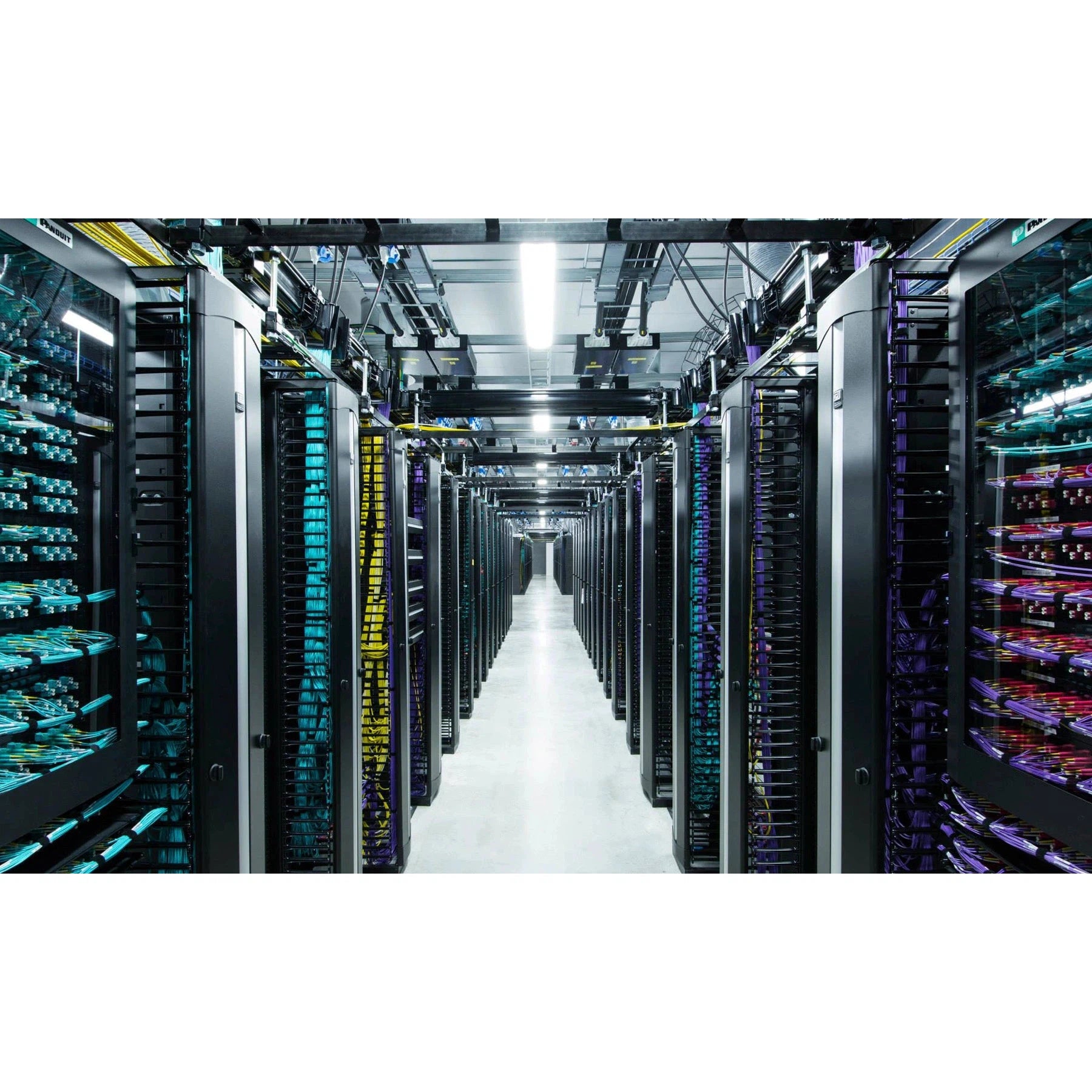Redundancy in the Data Center and Beyond

In our hyper-connected world, the uninterrupted functionality of data centers is paramount. Just like a car needs a spare tire and our bodies require two kidneys, data centers need backup systems. This principle of backup is known as redundancy. In this blog post, we'll delve deep into the concept of redundancy in data centers, its importance, and how it extends beyond the confines of large data storage facilities.
1. What is Redundancy?
Redundancy, at its core, is about having backup components or systems ready to take over if primary ones fail. In the context of a data center, this means having duplicate power sources, network paths, and hardware components, ensuring that any single point of failure won't cripple the entire operation.
2. Why is Redundancy Crucial for Data Centers?
- Uptime Guarantee: In a world where even a few minutes of downtime can translate to significant revenue loss or damage to reputation, maintaining uptime is critical. Redundancy ensures services remain online even in the face of unexpected challenges.
- Data Protection: Data loss can be catastrophic for businesses. Having redundant storage solutions means that if one storage medium fails, another can take over without any loss of data.
- Scalability: As data centers grow and handle more traffic, redundancy makes it easier to scale operations without major disruptions.
3. Types of Redundancy in Data Centers:
- N+1 Redundancy: This is where there's an additional component as backup for every component in use. For instance, if there are two power units running, an N+1 redundancy will have a third as backup.
- 2N Redundancy: Here, for every component in use, there's an exact duplicate. This offers a higher level of redundancy, ensuring that even if half of the components fail, the system remains functional.
- 2(N+1) Redundancy: This is a combination of the two above, providing the highest level of redundancy and ensuring that there's always more than enough backup for any situation.
4. Redundancy Beyond Data Centers:
Redundancy is not limited to the world of data centers. It's a principle that's essential in various sectors:
- Aerospace: Aircraft often have redundant systems to ensure that if one fails, the aircraft can still operate safely.
- Medical: Vital medical equipment, such as life support machines, incorporate redundancy to ensure they don't fail when lives are at stake.
- Financial Systems: Redundancy ensures transactions are processed smoothly and data is stored securely, minimizing potential financial losses.
5. Challenges and Considerations:
While redundancy is crucial, it doesn't come without challenges:
- Increased Costs: Installing and maintaining redundant systems can be expensive.
- Complexity: Managing redundant systems can introduce complexity into the IT infrastructure, requiring specialized skills and resources.
- Efficiency: While redundant systems add security, they might not always be the most efficient, as not all components are always in use.
Conclusion:
Redundancy is an essential component of a resilient and robust data center strategy. While it introduces some challenges, the peace of mind and security it provides in maintaining uptime and safeguarding data is invaluable. As technology continues to evolve and our dependence on data grows, the importance of redundancy, both in data centers and beyond, will only increase.







